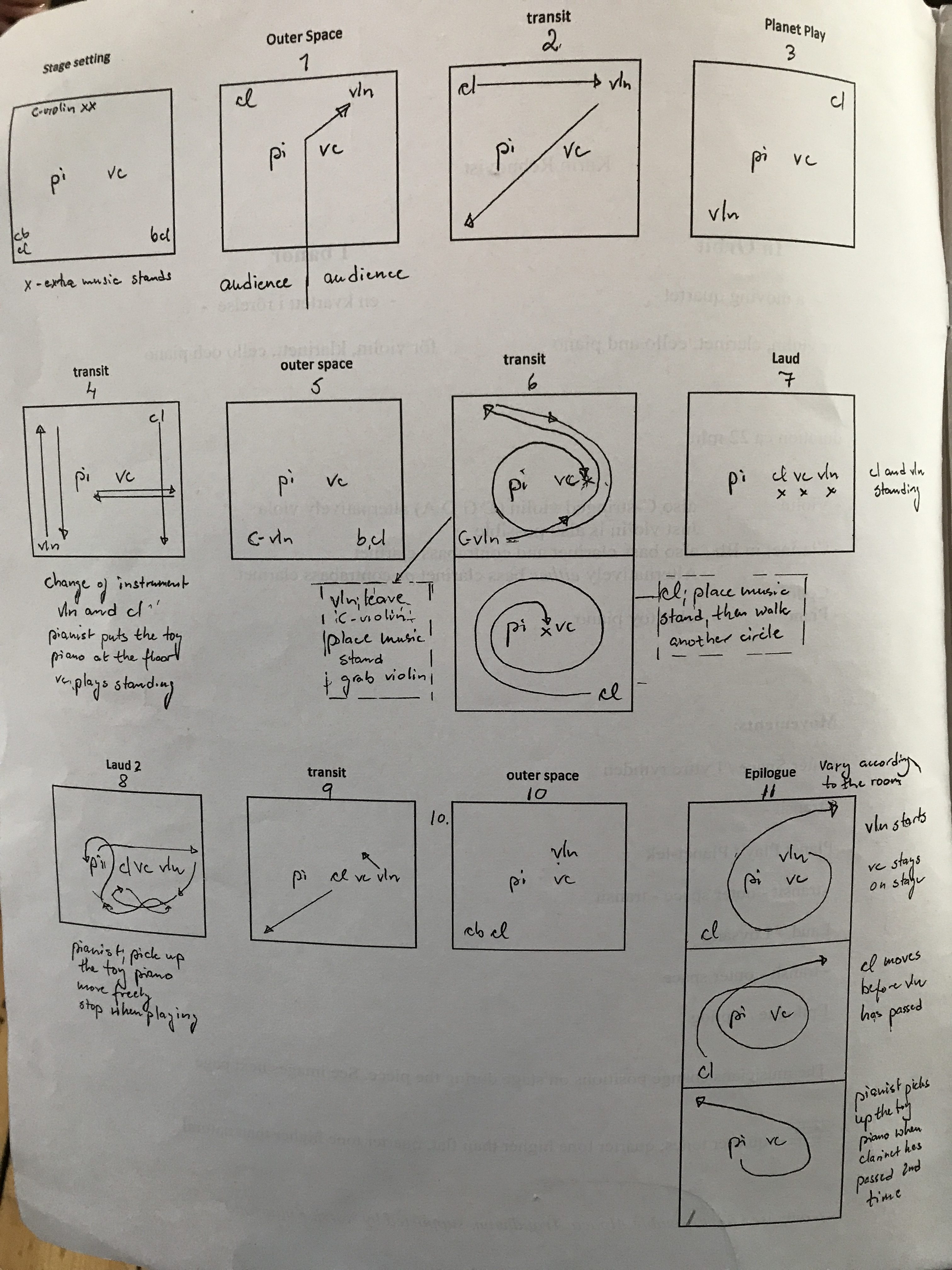A collective consciousness, can feel like a dissolution of the boundaries between musicians, which connected us in one single feeling of flow. British anthropologist Victor Turner explains this as communitas, creating a mutual understanding and melting boundaries in a spontaneous communication. Turner says that those who “interact with one another in the mode of spontaneous communitas become totally absorbed into a single synchronized, fluid event” (Turner, 1982, p. 48).
I was once asked at a conference: “But what about this feeling of presence and flow in chamber music?” As explained above, when you get these moments of communitas, nothing feels more meaningful musically. I have experienced it several times, and I have also heard other talk about the experience. Hatto Beyerle talked about how the Alban Berg Quartet had this experience from time to time and how precious it was.
But of course, the work I do cannot be pushed upon another individual. I think that if I try to impose my own ideas upon my fellow musicians this communitas will not necessarily happen. It is important that it is a communication created between us in the group, as a project for continuous improvement, development and inspiration. What I can do as a performer is to always try and play at my best, and come with suggestions regarding the musical interpretation or sound creation which makes sense to me. In my chamber music group of 20 years, the Alpaca Ensemble, we feel this communitas sometimes, and sometimes not. Professor Robert DeChaine describes the situation as: “an instructive, collaborative energy that we breathe into each other’s ear”(DeChaine, 2002, p. 95). In this artistic project, I have included In Orbit by Karin Rehnqvist, which she wrote for my group, Alpaca Ensemble, to also experiment working in a “communal” situation.
Karin Rehnqvist has also drawn a stage map of where the musicians should orbit, which is an artwork in itself:

